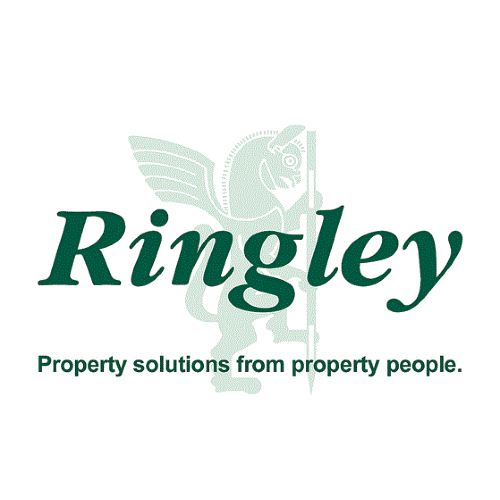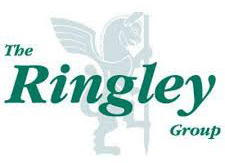
You may have sage cladding but still be bighted by the EWS1 form
 Grenfell is now affecting buildings without combustible cladding. Despite Ringley and many Managing Agents getting pieces of buildings removed and tested for free when the BRE were offering this service, buildings without combustible cladding are also now imprisoning owners, normal people like you and I, hard working people who bought their home through a mortgage.
Grenfell is now affecting buildings without combustible cladding. Despite Ringley and many Managing Agents getting pieces of buildings removed and tested for free when the BRE were offering this service, buildings without combustible cladding are also now imprisoning owners, normal people like you and I, hard working people who bought their home through a mortgage.
The EWS1 form as it has come to be known is the outcome of new mortgage lender regulations. Currently sales of properties in buildings over 6 stories are thwarted if a signed EWS1 form cannot be provided. Remortgages are denied. And, more cruelly still, lenders are increasing borrower’s mortgage interest rates until these EWS1 forms are signed.
The real challenge to any Engineer or Property Professional is that as we all know, more often than you would expect, what is specified to be put on a building (or materials used in construction), and what is ACTUALLY put on a building, maybe quite different things
Not only are there lookalike materials, and copycat imports, but to the unwitting novice, or the person who puts profit over safety, there are materials from the same manufacturer that essentially look the same but will have different fire class ratings and will perform rather differently in case of a fire.
What has changed most since Grenfell is that focus is now on the ‘total building system’ not just the cladding. Yes the cladding is still important, but no professionals will sign an EWS1 form without knowing what combustibility of the insulation behind the cladding is, and even the combustibility of the glue and or fixing compounds.
What this means is we are in a whole new regime of testing buildings. Whilst the Hackitt Review, as defined by the government’s scope was limited to HRRBs (high rise residential buildings) many recommendations were framed as advisable to be extended to all buildings. And, this is what in part the mortgage lending industry has done with the EWS1 form.
Developers are shying away from signing these forms, which is a shame as they ought to know or take responsibility for what they have built. Although arguably, perhaps the certification is perhaps safer if compiled independently of them. Freeholders are leaving it all up to Resident Management Companies to arrange and product testing houses have waiting lists and delays to get samples taken and tested.
In the meantime it is the innocent leaseholder who continues to suffer twice. Firstly by transforming in the form of higher interest rates from their lender, and, secondly in the form of increased service charge costs as the testing and new Fire Risk Assessments rarely leaves change from say 5,000. At least the first the government could outlaw. The second knowing what your building is constructed from and how dangerous it is really ought to be a Freeholders cost.
As is the norm the emotion, urgency and desperation around these issues fall on the Managing Agent as we try to coordinate and help innocent homeowners make sense of it all.